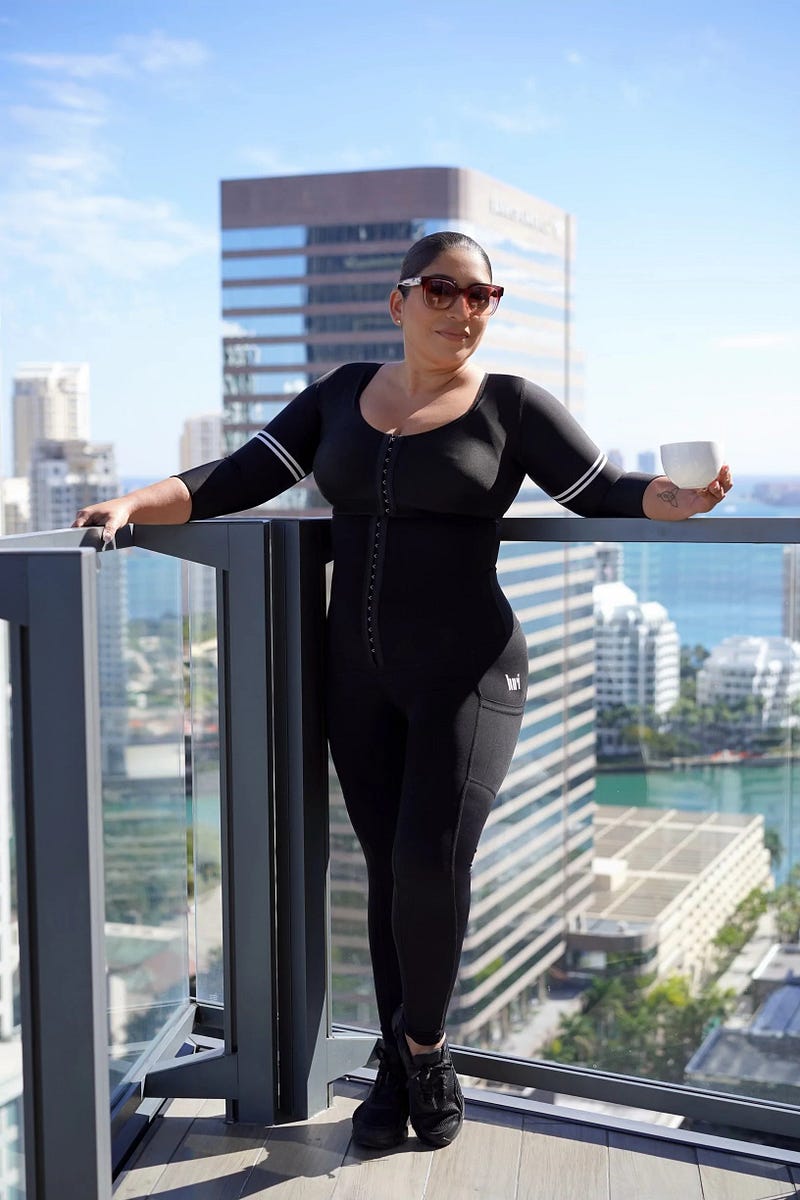Surgical Compression Garments: A User’s Manual
Although there are many factors out of a patient’s control during recovery from cosmetic surgery or an aesthetic procedure, many products are available for purchase in advance to facilitate quicker recovery and/or increase the patient’s level of comfort.
Another item that is often recommended by doctors after surgery is surgical compression garments. They help with post-operative swelling and provide core muscle support while the patient recovers. While there are a few drawbacks to wearing properly fitted compression garments after surgery, there are some important facts you should be aware of first.
We’ve listed down everything you need to know about surgical compression garments so you can learn how to properly use them after surgery.

Exactly Who Requires Post-Op Compression Wear?
People who have had liposuction, an abdominoplasty (or “tummy tuck”), brachioplasty (or “arm lift”), or a Brazilian butt lift (also known as “male breast reduction”) can benefit greatly from wearing compression garments (BBL). And why is that? Your body’s natural response to surgery is to send healing fluids and white blood cells to the affected area. Wearing a compression garment can aid in the reduction of swelling, and the tightness of the garment can aid in the minimization of bruising and scarring by holding the skin together and promoting more rapid healing.
Depending on the method, different garments may be needed. Patients who have had liposuction or a tummy tuck should wear a garment that draws attention to the abdominal area, while those who have had body contouring laser surgery (BBL) should wear a long garment that supports the buttocks without compressing them. Despite popular belief, a supportive (and wire-free) surgical bra is preferable to a compressive one after breast augmentation surgery.
What Is the Ideal Tightness Level for Compression Clothing?
In general, you want it to fit snugly without feeling overly squished or restricted, but your surgeon should provide a list of post-op instructions that will lay out exactly what you need. More harm than good can come from wearing an ill-fitting garment. A lack of circulation and subsequent healing disruptions can result from a bandage that is too tight. Numbness, tingling, and pallor in the limbs are all symptoms of impaired blood flow. Meanwhile, a garment that is too large for its wearer is useless.
The best way to ensure you order the right size of compression wear is to measure yourself and compare the results to the guide on the manufacturer’s website, but if the size you order doesn’t fit, don’t be afraid to try a larger or smaller option. You may be instructed to purchase two garments from your surgeon: one to wear immediately following surgery and another, a smaller one to wear once the swelling has subsided.

What is the Recommended Wear Time for Compression Clothing?
Your provider will determine the exact length of time you need to wear the garment, but there are some benchmarks you can keep in mind as you prepare for your recovery journey.
Month One: For three to four weeks, you should wear the compression garment constantly, removing it only to sleep or shower.
Two Months Later: After the initial 30 days, you can reduce wear time to 12 hours per day for the next 6–8 weeks.
Maintaining Care: Swelling after surgery typically persists for three to six months, so intermittent use of surgical compression garments over this time period may be required.
Avoiding chafing, irritation, and bacterial or fungal infections that can slow wound healing by keeping the skin underneath the garment clean and dry is crucial. After a shower or a good sweat, make sure to give the affected area plenty of time to dry out before washing the garment.
Premium Compression Wear
The best surgical compression garments to buy will be recommended to you by your doctor after your procedure, but these five are highly regarded by patients.
Liposuction (Tummy Tuck): The side hooks on the Macom Abdominal Compression Garment allow you to customize the fit after the initial swelling has subsided.
The side hooks on the Macom Abdominal Compression Garment allow you to customize the fit after the initial swelling has subsided.
Brazilian Bicep Lift: When it comes to buttocks support, the lightweight Marena Recovery Compression Bodysuit has an infinity-edge opening that does double duty as a zipper.
Liposuction: You can wear these High-Waisted Compression Shorts after liposuction of the flanks or inner/outer thighs, among other procedures.
Arm Lifting: This arm sleeve is 3/4 length, providing the necessary protection for your arms.
Vest With a Foam Insert: Even though a well-made compression garment shouldn’t rub or irritate your skin, this foam insert can provide even more relief. Aside from keeping the surface level, it will also provide additional compression.
Cessation
Post-operative recovery is aided by compression garments because they reduce swelling, prevent bruising, prop up weak muscles, and keep the skin in place. You should ask your surgeon how long you need to wear your garment after surgery to ensure it fits properly and is the correct size.
You can also buy surgical compression garments from LURI.
Comments
Post a Comment